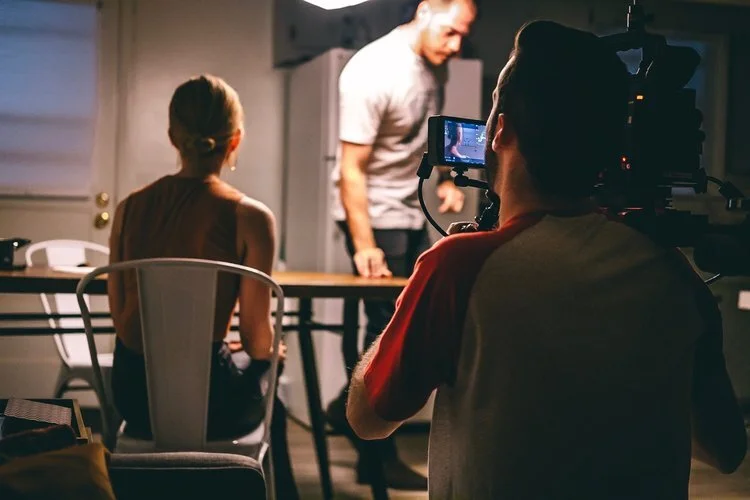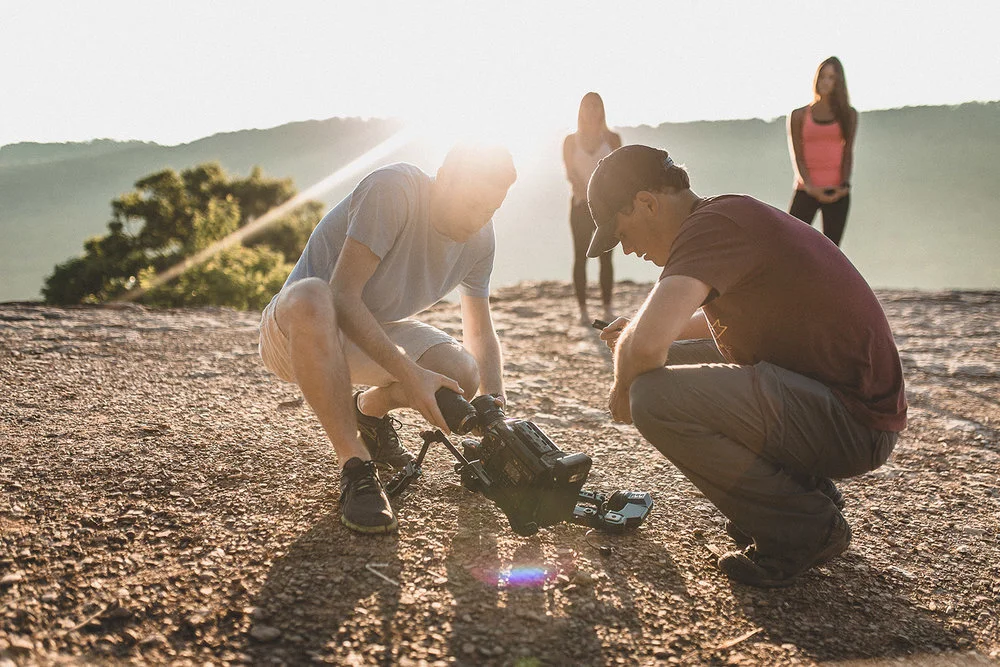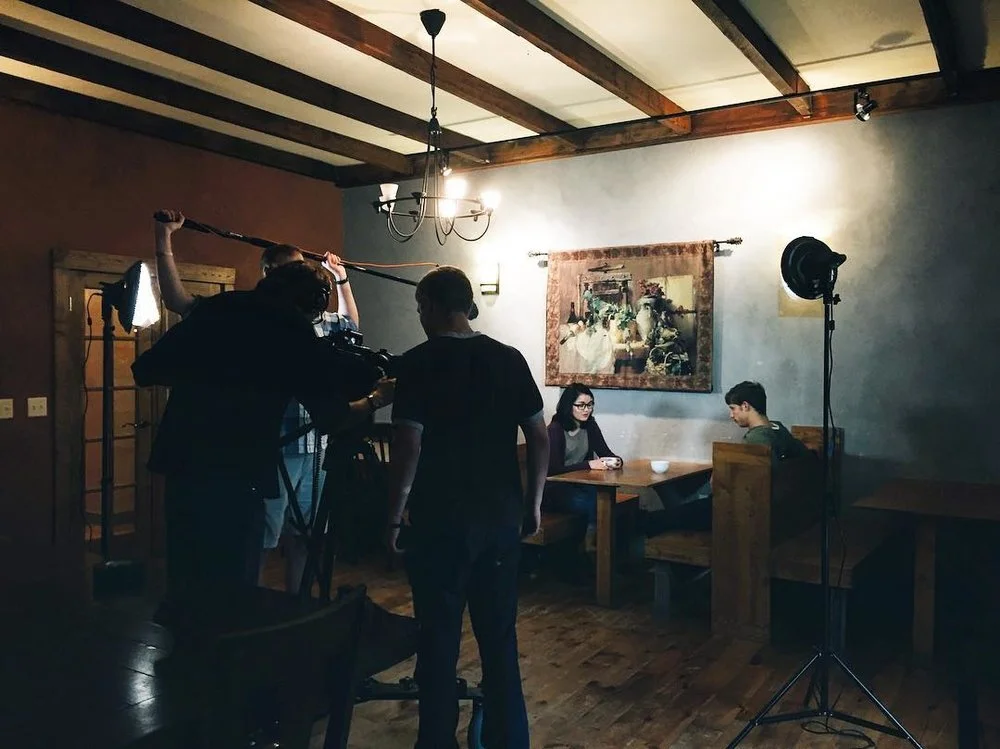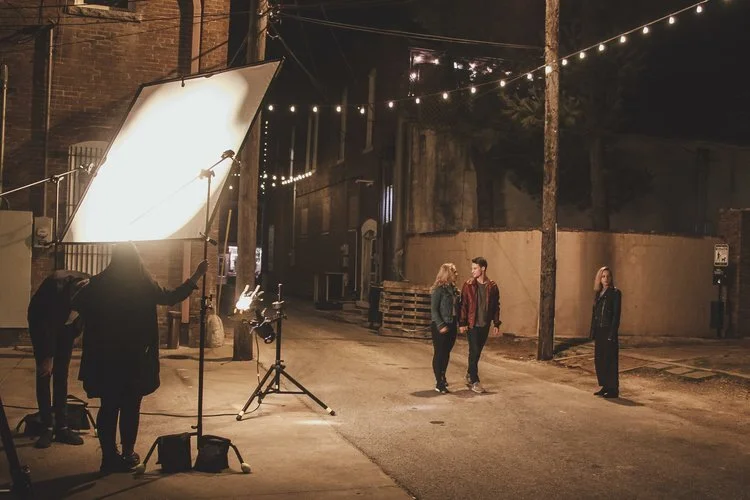The Camera is a Character
Every DP (Director of Photography) has a different mindset when it comes to how to use the camera to tell a story. Over the years, mindsets shift and styles change. The thing I love (and hate) about cinematography is that the possibilities are endless. Every DP will approach a project completely differently. It's a daunting, but freeing reality of the art form. As I have grown in the field over the last few years, I have started to develop my "style" and thought process as a DP. Now, I am by no means an expert, I still have a ton to learn. And I don't believe there is one "right way" to approach and shoot a project. Nevertheless, I'll go into my thought process when planning my shot lists.
It goes without saying that the way the camera is used is imperative to storytelling through filmmaking. The movement of the camera, the framing and angle of the camera, the focal length, the depth of field, the frame rate, etc. There are so many ways you can use the camera to bring the right emotions out of the audience. I think it's a mistake to think of cinematography as "making things look nice". Yeah, that's a big part of it, but I believe that story should be at the forefront of every DP's mind.
My personal approach to cinematography is to treat the camera like it is a character in the story. I don't want the camera to just be this omniscient being that's pointing at the action. I want the camera to force the audience into the story, and to empathize with the characters. If I have time, I try to think through every single shot and the way I want the audience to feel in that moment. When I know that, I make all of my decisions on how to use the camera to achieve the right response. Let's look at some examples.
First, let's look at framing. Let's say two characters aren't on good terms. Maybe they've just had a falling out and when they interact, the atmosphere is tense. We want the audience to feel the tension and the discomfort of the scenario. There are many ways to portray this with the camera. But let's look at an example from "Me and Earl and the Dying Girl" a fantastic movie from 2015 that's full of incredible cinematography.
In this scene, the two characters are best friends who have just had a falling out. In this interaction, the camera is used to increase the tension and visually portray what is taking place and how each character feels. Usually, when framing up someone from the side, you will have a majority of the empty space in front of the character's eyes. By switching this up and having the character facing the edge of the frame, it makes the audience feel a little claustrophobic. Something's just not quite right. Also, by doing this, the characters seem to be facing away from each other (even though the character on the bottom is facing the character on the top). The framing creates this effect that they are looking in opposite directions, they aren't "seeing eye to eye". It's so much more effective than just pointing the camera at the action and making it look good.
You can also support the story and learn about the characters through the camera angles. Check out this shot from "No Country for Old Men".
What does this tell you about the character? The camera is pointed up, forcing the audience to look up at him from a low place. This angle gives the character a powerful presence. He is in control. Conversely, if the camera is at a high angle, pointing down at a character, we can assume that maybe they are weak, small, and powerless. Maybe they are being humiliated, or humbling themselves. The angle of the camera can give the audience so much context about a character without having to rely solely on the acting and dialogue.
Next, let's talk about the movement of the camera. There are a lot of options these days. There are gimbals, sliders, jibs, tripods, handheld, dollies, etc. Again, you shouldn't make your decisions based just on what looks neat. These should be tools to support the story. Think about what using a gimbal might tell the audience. Gimbals stabilize the camera and allow you to get smooth, sweeping shots. It looks great, but it wouldn't exactly make sense to use a gimbal in a scene in which the relationship between two characters is unstable. You can support the story by getting handheld footage to add to the instability and imbalance of the scene. Maybe things are going great between the characters and everything is in order. Then it would make sense to have stable camera movement with symmetrical, neat framing. There are countless ways to move the camera to bring out a greater emotional response from the audience.
I could talk all day about the different ways to use the camera to tell a story. I've really only scratched the surface on the subject. There's also so many things that can be done with lens choice, depth of field, frame rate, color, lighting, etc, etc, etc (and I may go into more of these in a future blog post). There are so many tools at your disposal to tell the most effective story. Once you know how you want the audience to feel, you can just go down the list and make every setting on the camera mean something. The important thing is to make the story king when it comes to what you do with the camera. Now, I'm not naive. We don't always have the luxury of being able to plan out every shot and truly keep story at the forefront of our minds. However, whenever possible, it should be the main factor in the decisions we make with the camera. Again, these are just my thoughts. There are so many different ways to use the camera with story in mind. Experiment. Find your style. Don't take the easy way out, and (cliche line incoming) the sky's the limit.
-Trevor Davis
Thumbnail photo credit: Sheryl Watson













Kyle discusses three ways that different cameras have their own personalities, and how they can inform your decisions about what to film on.